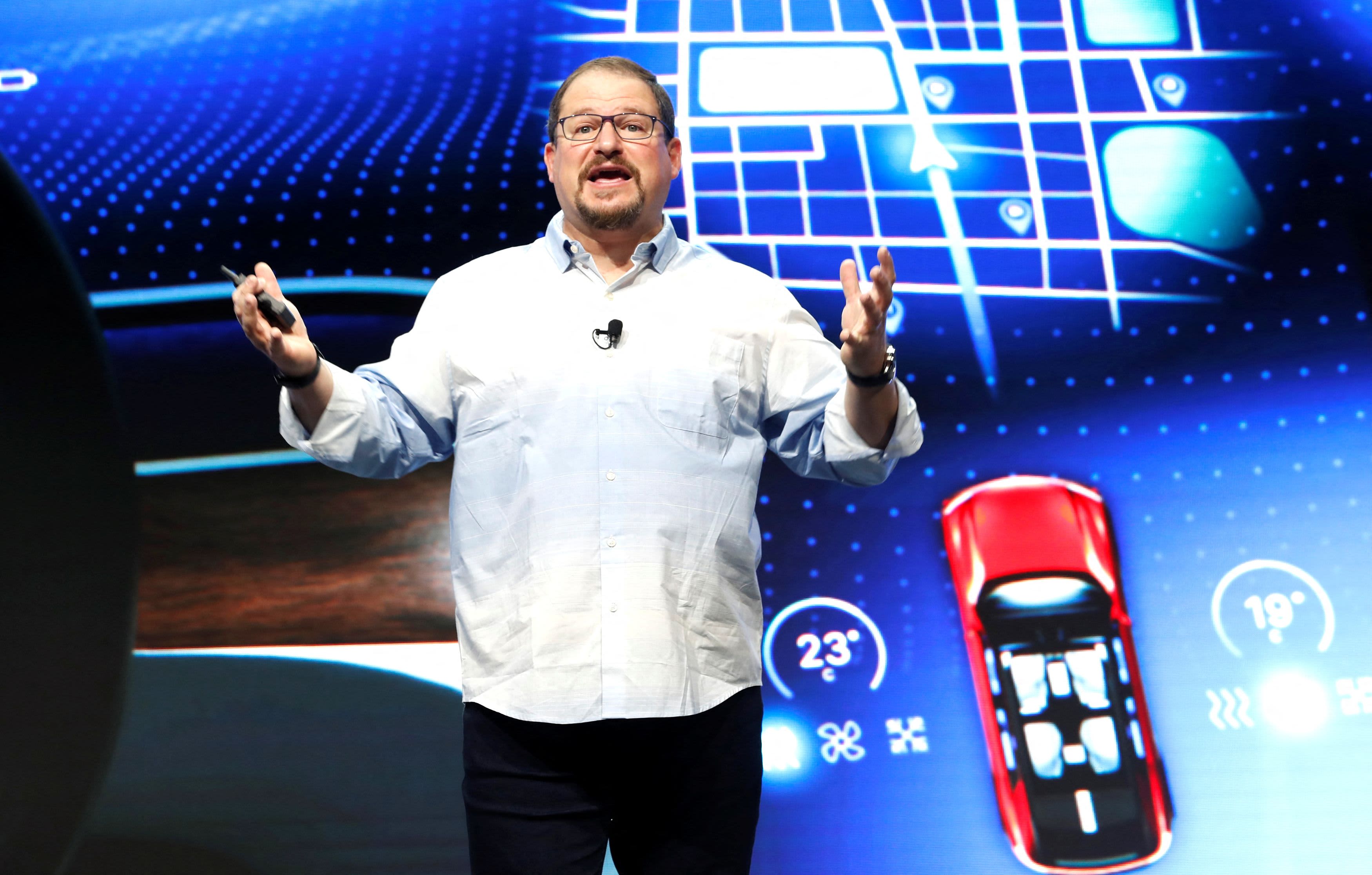Technology
Tuesday, September 17th, 2024 3:35 pm EDT
Key Points
- Amazon’s integration of generative AI: Amazon is increasingly using generative AI to optimize same-day and next-day deliveries, improve warehouse robotics, and create more ergonomic environments for workers. This technology allows better prediction of product placement, enhancing both speed and efficiency in operations.
- Robotics and AI-driven automation: The company has significantly expanded its use of AI-powered robots, like the autonomous Proteus, in warehouses. These robots help streamline tasks, reduce employee strain, and create new job opportunities, though concerns about potential human displacement remain.
- Environmental and competitive challenges: While generative AI helps Amazon reduce delivery distances and improve sustainability, the technology’s high energy consumption raises questions about its long-term environmental impact. Amazon’s competitors, like Walmart and Target, are also trying to catch up with AI advancements, though they are working with older systems.
Amazon is leveraging generative AI to enhance its delivery operations, aiming to increase the percentage of same-day shipments while improving efficiency in its warehouses. Generative AI, which has been incorporated into Amazon’s systems since 2020, optimizes delivery routes, boosts the intelligence of warehouse robots, and enhances ergonomic environments for employees. Steve Armato, Amazon’s vice president of transportation technology and services, highlighted how AI helps predict product placement in warehouses, shortening shipping distances and times.
At Amazon’s largest California sort center, robots use generative AI to navigate the facility and prioritize urgent deliveries, performing tasks that reduce the physical strain on human workers. The company’s next-generation autonomous robots, like the Proteus, rely on computer vision to avoid obstacles and complete their tasks. Amazon has also partnered with AI startup Covariant, using its models to train robots to handle a broader range of physical objects. This allows robots to learn how to manage items they’ve never encountered before, increasing their flexibility.
Although concerns exist that AI and robotics could replace human workers, Amazon argues that these technologies are creating new roles and reducing worker strain. Armato emphasized that AI is helping to upskill employees and offering higher-earning potential, with Amazon committing $1.2 billion to employee training by 2025. AI-enhanced robots are performing tasks that reduce worker injuries, a significant focus given Amazon’s history of workplace safety violations.
Despite the operational improvements AI brings, concerns remain over its environmental impact. Training and running generative AI are energy-intensive processes that could challenge Amazon’s commitment to achieving net-zero carbon emissions by 2040. However, the company asserts that AI reduces carbon emissions by optimizing delivery routes and minimizing travel distances.
Amazon’s broader use of AI extends beyond logistics. The company is incorporating AI into its online platform, offering personalized product recommendations, AI-generated product descriptions, and summaries of product reviews. Amazon is also exploring conversational AI with its shopping assistant, Rufus, and has invested $4 billion in the AI startup Anthropic.
While the potential of generative AI is vast, retail analysts, such as Sucharita Kodali, question its direct impact on Amazon’s profitability. Many believe that the company’s earlier technological investments, rather than recent AI developments, have driven its success in the retail space.
For the full original article on CNBC, please click here: https://www.cnbc.com/2024/09/17/how-amazon-is-using-generative-ai-to-drive-more-same-day-deliveries.html




